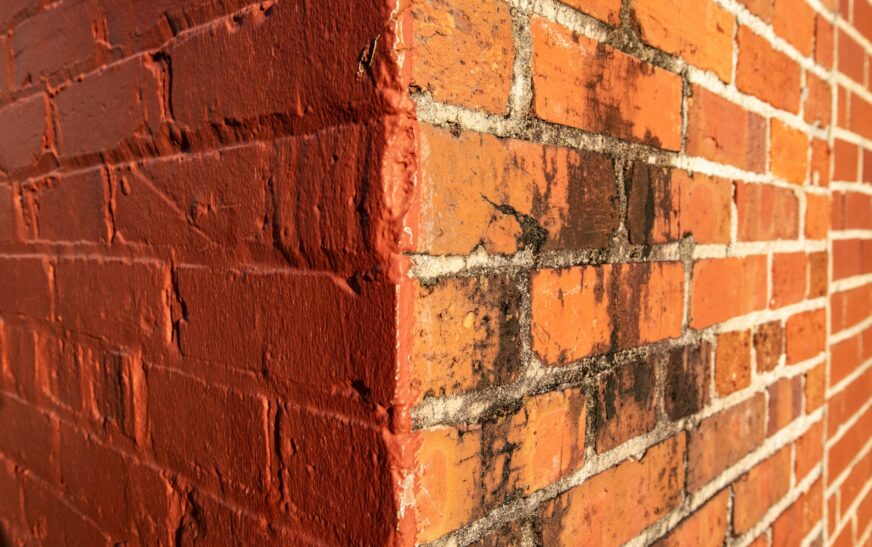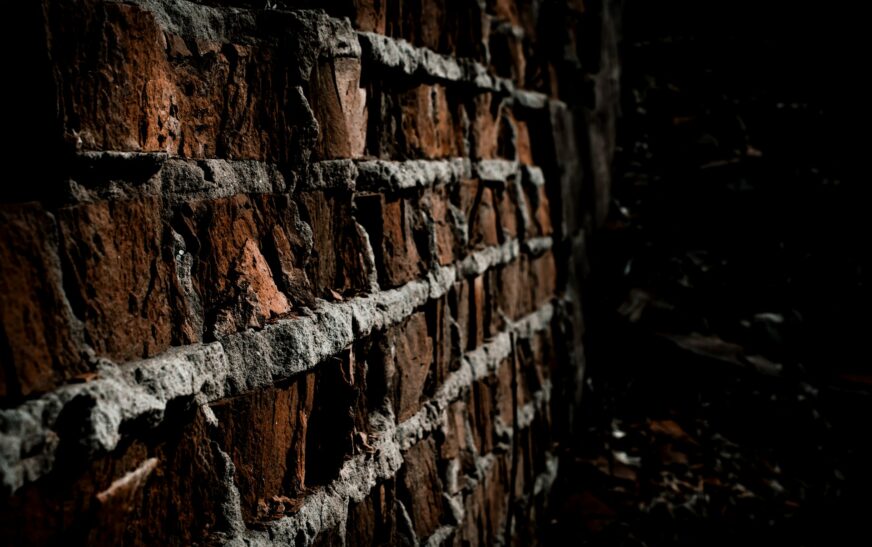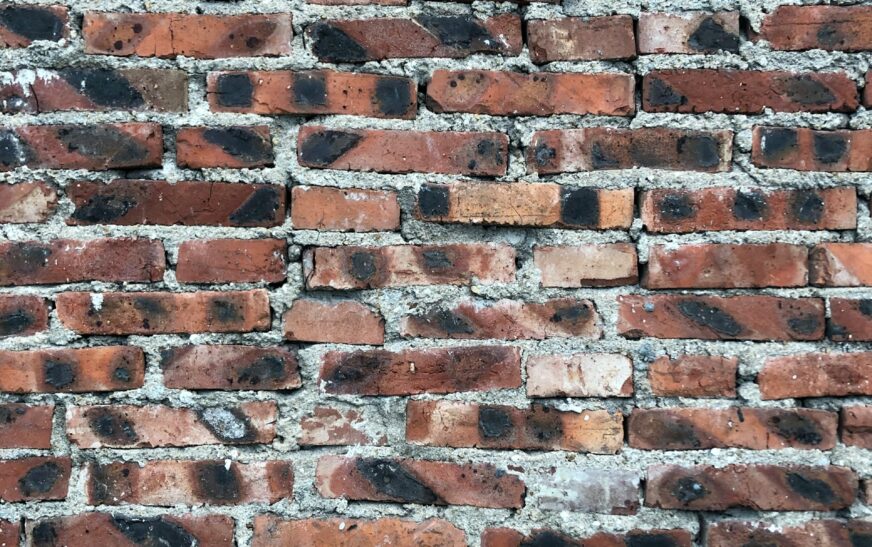Painted brick can be absolutely stunning—turning a classic, rustic exterior into a fresh, modern masterpiece. But before you grab that roller, there’s a question worth asking: how long will it actually last? Spoiler: the answer isn’t one-size-fits-all. It depends on a mix of factors—some you can control, others you can only hope cooperate.
The Average Lifespan of Paint on Brick
On average, painted brick lasts 7 to 15 years before you’ll need touch-ups or a full repaint. That’s quite the range, so what determines where your brick will land?
- Perfect prep + high-quality paint + temperate climate: Closer to 15 years.
- Rushed job + old or damaged brick: You might be repainting in as little as 5 years.
Key Factors That Affect Paint Longevity
1. Surface Preparation
This is the make-or-break step. Paint refuses to stick to dirty, damp, or crumbling brick. Power washing, scraping off flaking paint, and letting the brick dry completely are essential. Skipping prep? Expect your paint to throw in the towel early.
2. Brick Condition
New, solid brick holds paint like a champ. Old, deteriorating brick—especially if it’s already painted—can betray you. Moisture intrusion and spalling (flaking brick) are the usual suspects behind early paint failure.
3. Paint Type and Quality
Not all paints play nice with brick. Breathable masonry paints or elastomeric coatings are your best friends—they let moisture escape, preventing bubbling and peeling. Standard latex paint? It often traps moisture and leads to cracking sooner than you’d like.
4. Climate and Weather Exposure
Extreme sun, rain, or freeze-thaw cycles can gradually wear down even the best paint. South-facing walls in the Northern Hemisphere fade fastest, while coastal or humid areas have extra battles with mildew and moisture.
5. Application Method
Two coats are better than one, and spraying with a back-roll or brush gives better coverage. Skimp on coats or skip primer, and your paint’s lifespan shrinks faster than a wet towel in the sun.
Signs Your Painted Brick Is Wearing Out
Paint doesn’t fail silently—it drops hints:
- Fading or chalking: Thanks, UV rays.
- Peeling or bubbling: Often a moisture problem.
- Cracking: Could be age or a sloppy application.
- Efflorescence: That white, powdery stuff caused by water moving through the brick.
How to Extend the Life of Paint on Brick
- Seal and maintain: Apply a breathable masonry sealer every few years.
- Clean regularly: Dirt, mold, and pollution accelerate wear.
- Touch up early: Don’t wait for a full meltdown—small fixes prevent big headaches.
- Avoid high-pressure washing: It can damage the brick and strip protective coatings.
Read More : How Do You Get Spray Paint Off of Brick? | A Complete Guide to Restoring Masonry Surfaces
Is It Worth Painting Brick?
It depends on your goals. Painted brick looks fantastic and can offer some protection, but it’s a commitment. Once you paint, removing it is difficult and expensive. That said, with proper prep, quality paint, and ongoing maintenance, your brick can hold its vibrant look for over a decade.










